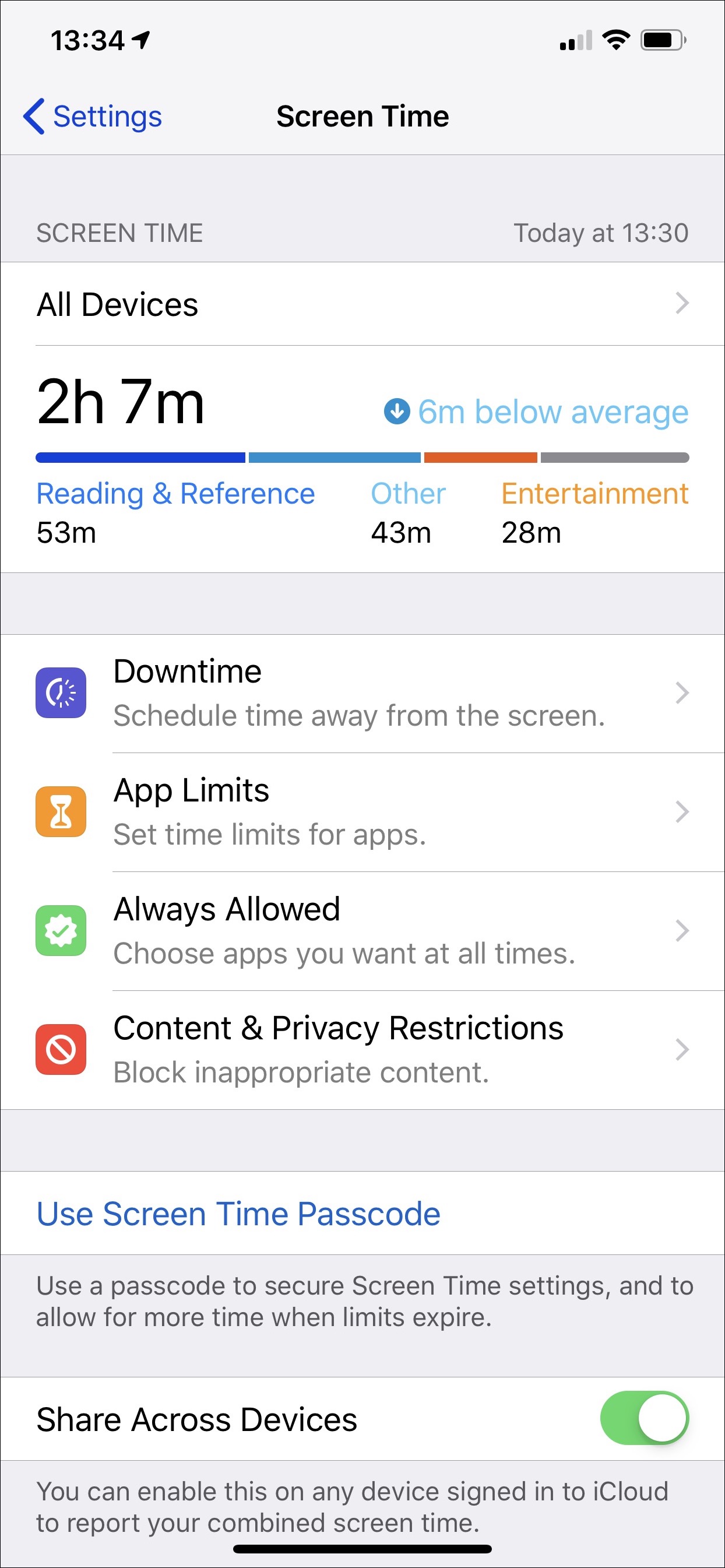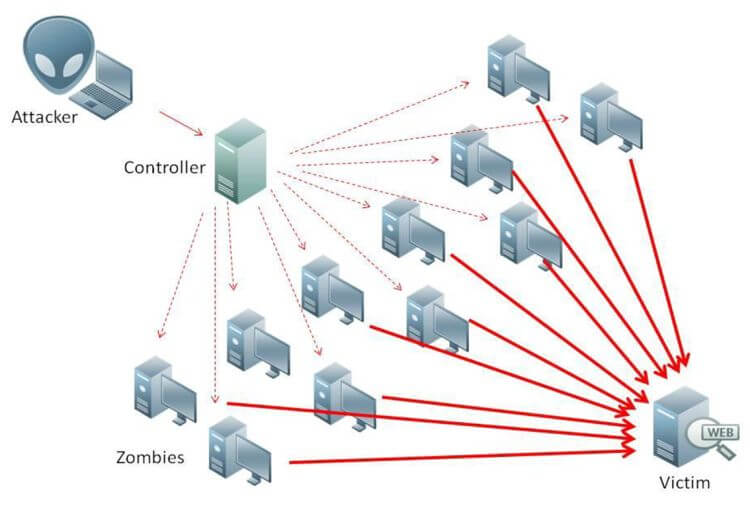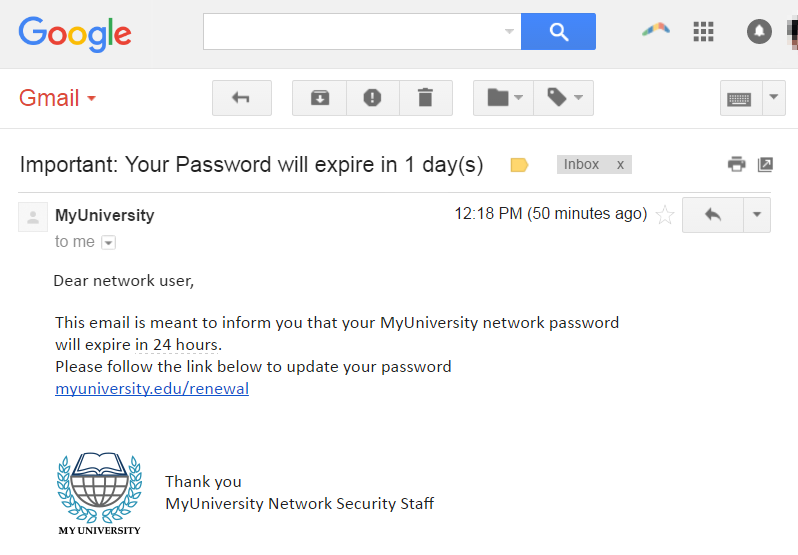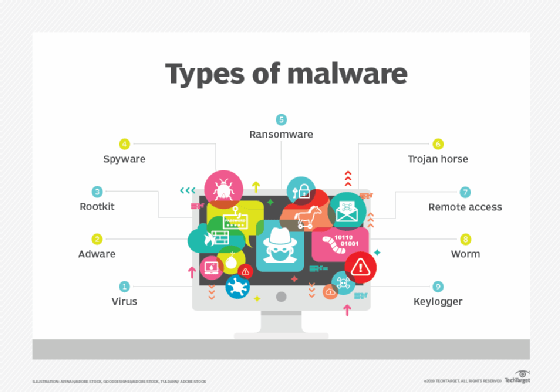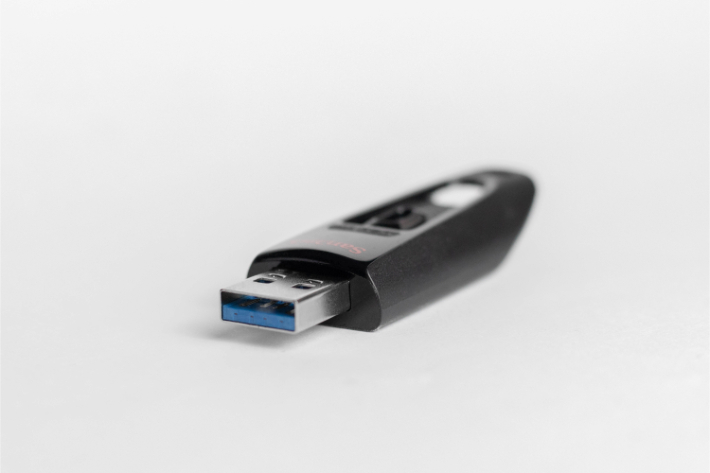Samsung
The Samsung Group is a South Korean multinational corporation with subsidiaries and is one of Korea's largest companies, supplying about one-fifth of the country's total exports primarily focused on electronics, heavy industry, construction, and defense.
According to Samsung's official sites, they have built strong security due to their " DNA" 🙂 . The company is using its own security system called Knox. The mobile devices are designed from the chip up with defense-grade protection so Knox can protect the smartphone from the moment the user first turns it on. In addition, they have implemented some futures namely, Face Recognition and Ultrasonic Fingerprint. Knox is using multi-layered security that is built-in. It provides multi-layered protection, it protects users' most sensitive information against malware and malicious threats (Samsung Knox, 2020).
At the moment the KNOX platform is using by countries such as the UK and US, more precisely by government departments, and not only, but it is also used by NASA. However, Tung (2020) has published on his web article that, Project Zero's Gal Beniamini, have broken the disk encryption, a KNOX hyper-visor design to protect Linux.
Another aspect regarding the Knox security was exposed by Israeli researchers. They have found three vulnerabilities, namely the androids were tested Galaxy 6 and Note 5 in June 2016, have offered totally access to the hackers, that have accessed the phones.
Method
Samsung succeeded to fix the issue in the KNOX program and updates the program on a regular base. Samsung will occasionally send security updates to the device as needed (Samsung, 2020). Additionally, Samsung required permission from users to collect information regarding KNOX functionality. SE for Android sends security reports to help Samsung to identify threats to your security by allowing your phone to collect and send data in encrypted form(Samsung, 2020).
Conclusion:
Knox from Samsung is a reliable source of security, it provides a high-level protection against cybercrime, this is also evidenced by the CVS report, moreover, governments and important organizations are using KNOX security to protect their device and networks.
Reference list:
Tung, L. (2017). Google Project Zero: How we cracked Samsung's DoD- and NSA-certified Knox | ZDNet. [online] ZDNet. Available at: https://www.zdnet.com/article/google-project-zero-how-we-cracked-samsungs-dod-and-nsa-certified-knox/ [Accessed 4 Mar. 2020]
Samsung Knox. (2020). Samsung Knox | Secured by Knox. [online] Available at: https://www.samsungknox.com/en/secured-by-knox [Accessed 20.02. 2020].
Burgess, M. (2020). Major security flaw in Samsung Knox could give hackers 'full control' of your phone. [online] Wired.co.uk. Available at: https://www.wired.co.uk/article/samsung-knox-security-vulnerabilities [Accessed 4 Mar. 2020].
According to Samsung's official sites, they have built strong security due to their " DNA" 🙂 . The company is using its own security system called Knox. The mobile devices are designed from the chip up with defense-grade protection so Knox can protect the smartphone from the moment the user first turns it on. In addition, they have implemented some futures namely, Face Recognition and Ultrasonic Fingerprint. Knox is using multi-layered security that is built-in. It provides multi-layered protection, it protects users' most sensitive information against malware and malicious threats (Samsung Knox, 2020).
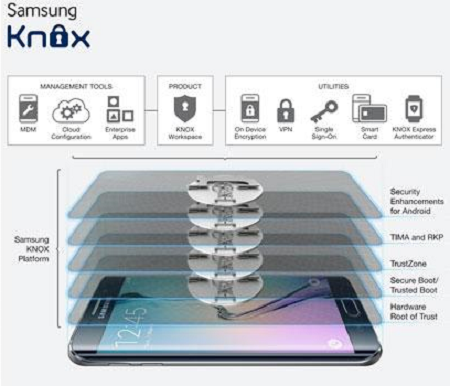 |
| Samsung Knox security system. |
Vulnerabilities:
CVS has report KNOX security has found just three vulnerabilities at a low level. The report is presented below.
At the moment the KNOX platform is using by countries such as the UK and US, more precisely by government departments, and not only, but it is also used by NASA. However, Tung (2020) has published on his web article that, Project Zero's Gal Beniamini, have broken the disk encryption, a KNOX hyper-visor design to protect Linux.
Another aspect regarding the Knox security was exposed by Israeli researchers. They have found three vulnerabilities, namely the androids were tested Galaxy 6 and Note 5 in June 2016, have offered totally access to the hackers, that have accessed the phones.
Method
Samsung succeeded to fix the issue in the KNOX program and updates the program on a regular base. Samsung will occasionally send security updates to the device as needed (Samsung, 2020). Additionally, Samsung required permission from users to collect information regarding KNOX functionality. SE for Android sends security reports to help Samsung to identify threats to your security by allowing your phone to collect and send data in encrypted form(Samsung, 2020).
Conclusion:
Knox from Samsung is a reliable source of security, it provides a high-level protection against cybercrime, this is also evidenced by the CVS report, moreover, governments and important organizations are using KNOX security to protect their device and networks.
Reference list:
Samsung Knox. (2020). Samsung Knox | Secured by Knox. [online] Available at: https://www.samsungknox.com/en/secured-by-knox [Accessed 20.02. 2020].
Burgess, M. (2020). Major security flaw in Samsung Knox could give hackers 'full control' of your phone. [online] Wired.co.uk. Available at: https://www.wired.co.uk/article/samsung-knox-security-vulnerabilities [Accessed 4 Mar. 2020].



